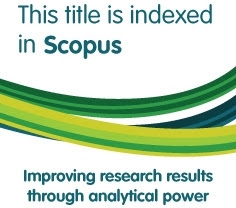Mengkaji Ulang Nisan Kuno Nusantara: Nisan Leran Berangkan Tahun 475 H/1082 M dan Nisan-nisan Terkait
Abstract
This article presents a review of studies and theories regarding gravestones in Leran (near Surabaya), East Java. The gravestones in question are of significance because they contain old Islamic (Arabic) inscriptions, and for that reason have been regarded so far a representing the strongest and oldest evidence of the arrival of lslam in Southeast Asia in the eleventh century. Written on one gravestone are the words 'Bint Maymun bin Hibat Allah' who passed away in the year 475 A.H/1082 C.E. For historians, the date found on this gravestone helps determine the time at which Islam came to Indonesia, and this is indeed an extremely important information as the Leran inscription is the oldest Islamic inscription ever found in Indonesia, while the second oldest one in Java is the tombstone of Malik lbrahim, in the town of Gresik, dated 822 H / 1419 EC. Leran is located only a few kilometers away from Gresik.
Keywords
Full Text:
PDFDOI: https://doi.org/10.15408/sdi.v14i1.570
Refbacks
- There are currently no refbacks.

All publication by Studia Islamika are licensed under a Creative Commons Attribution-NonCommercial 4.0 International License.
Studia Islamika, ISSN: 0215-0492, e-ISSN: 2355-6145
View My Stats
